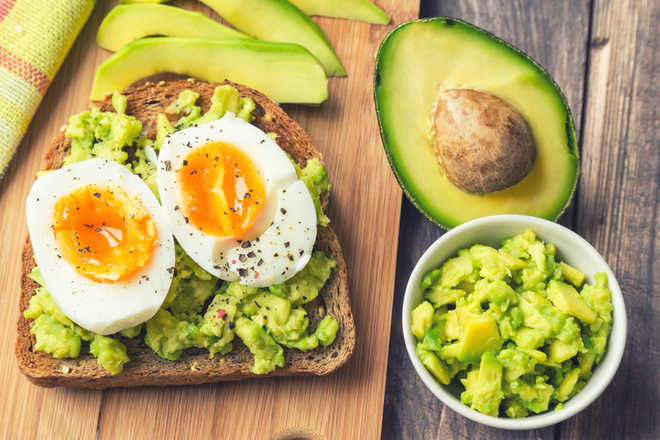New York, April 26
‘Diet’ foods – high in sugar but low in fat – may contribute to unwanted weight gain and a host of other problems such as liver damage and brain inflammation, a new study warns.
Researchers from University of Georgia in the US monitored body weight, caloric intake, body composition and fecal samples in three groups of rats over a four-week period.
One group of test subjects consumed a diet high in fat and sugar, another group was fed a low-fat, high-sugar diet and a third group was given a balanced or “normal” diet.
Researchers found that both the low-fat, high-sugar and high-fat, high-sugar groups displayed an increase in liver fat and significant increases in body weight and body fat when compared to the balanced diet group.
Liver fat accumulation was significant in the high-sugar, low-fat group, researchers said.
Rats fed a diet high in sugar but low in fat – meant to imitate many popular diet foods – increased body fat mass when compared to rats fed a balanced rodent diet, researchers said.
The high-sugar diet induced a host of other problems, including liver damage and brain inflammation.
“Most so-called diet products containing low or no fat have an increased amount of sugar and are camouflaged under fancy names, giving the impression that they are healthy, but the reality is that those foods may damage the liver and lead to obesity as well,” said Krzysztof Czaja from University of Georgia.
“What is really troubling in our findings is that the rats consuming high-sugar, low-fat diets did not consume significantly more calories than the rats fed a balanced diet,” Czaja said.
“Our research shows that in rats fed a low-fat, high- sugar diet, the efficiency of generating body fat is more than twice as high – in other words, rats consuming low-fat high- sugar diets need less than half the number of calories to generate the same amount of body fat,” Czaja said.
The study was published in the journal Physiology and Behaviour.
Breaking News
 Driving Naari Programme launched in Chandigarh
Driving Naari Programme launched in Chandigarh Punjab farmers reaping benefits of Mann Government’s crop diversification initiatives
Punjab farmers reaping benefits of Mann Government’s crop diversification initiatives Punjab and Kerala Join Hands to Address NRI Concerns
Punjab and Kerala Join Hands to Address NRI Concerns Macron refuses French Prime Minister’s resignation after chaotic election results
Macron refuses French Prime Minister’s resignation after chaotic election results Modi lands in Russia for first visit since Ukraine offensive
Modi lands in Russia for first visit since Ukraine offensive Saudi Arabia approves granting citizenship to global experts under Vision 2030
Saudi Arabia approves granting citizenship to global experts under Vision 2030 Vigilance arrests Panchayat Secretary, former Sarpanch for embezzlement in Panchayat funds
Vigilance arrests Panchayat Secretary, former Sarpanch for embezzlement in Panchayat funds Housing crisis in Canada forcing residents to move out of pricier cities: Poll
Housing crisis in Canada forcing residents to move out of pricier cities: Poll Historic Milestone: Canada Appoints Its First Female Chief of Defense
Historic Milestone: Canada Appoints Its First Female Chief of Defense Victory parade of T20 World Cup-winning Indian cricket team concludes in Mumbai
Victory parade of T20 World Cup-winning Indian cricket team concludes in Mumbai Maximizing impact of Aadhar in Punjab
Maximizing impact of Aadhar in Punjab Amritpal Singh to take oath as Khadoor Sahib MP on July 5
Amritpal Singh to take oath as Khadoor Sahib MP on July 5




































